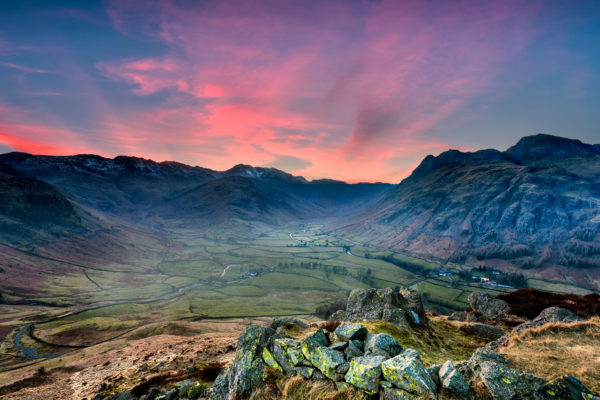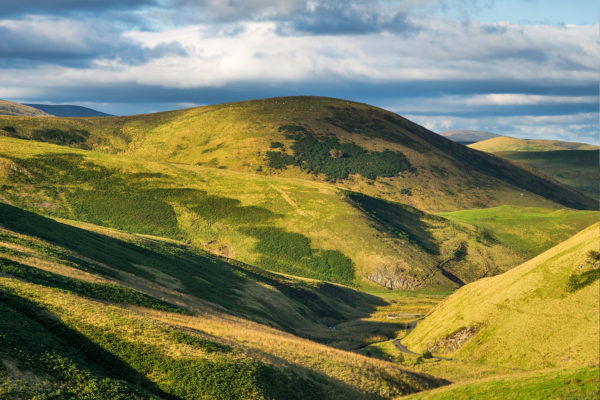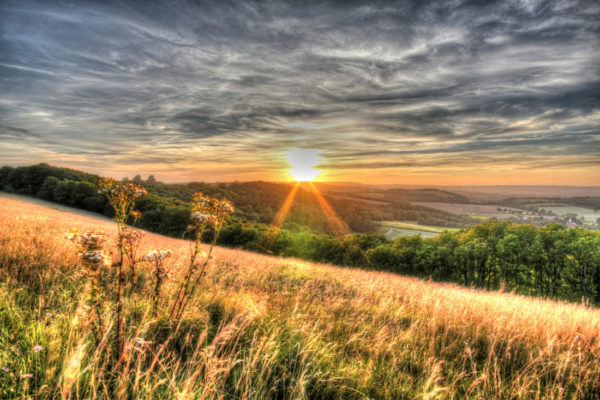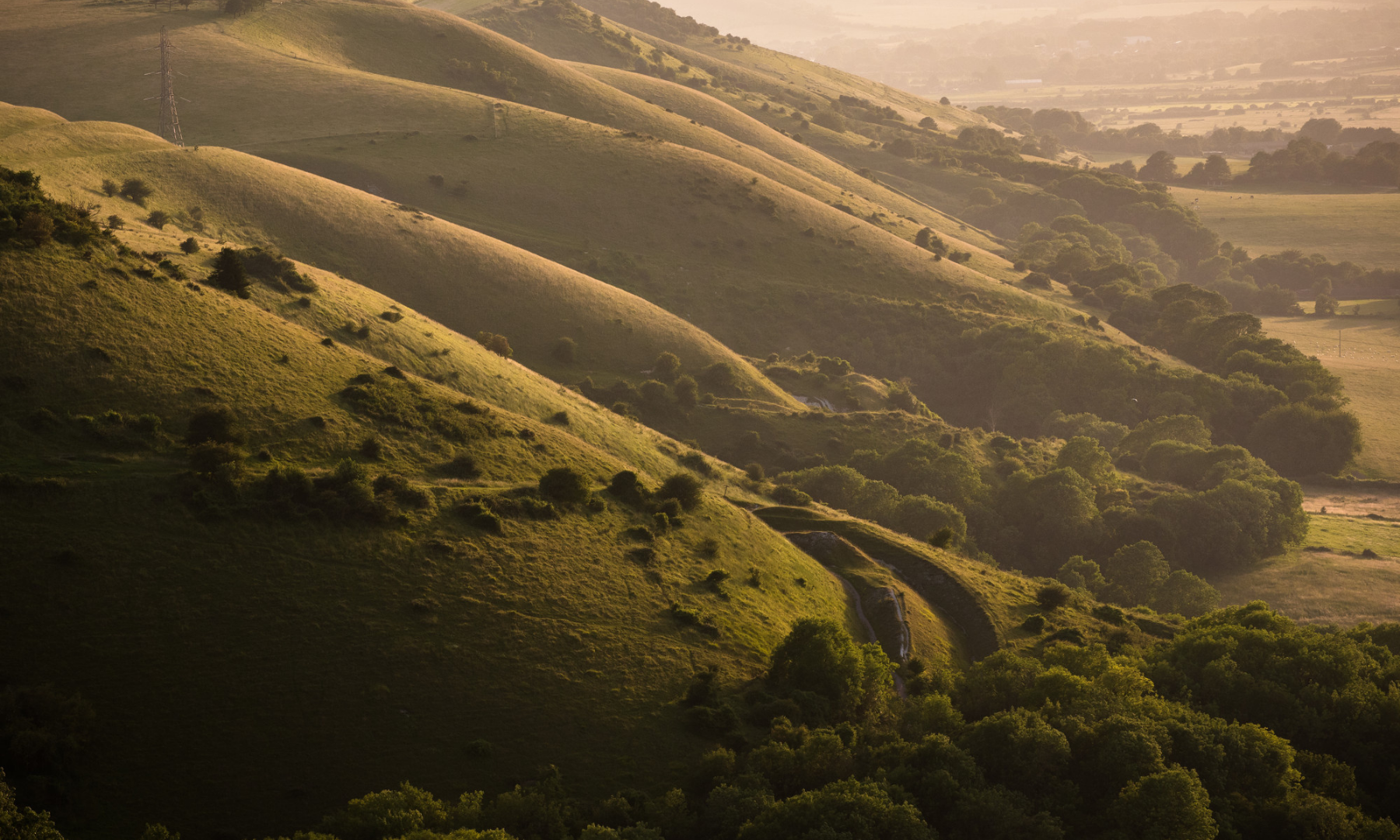
Teaching resources
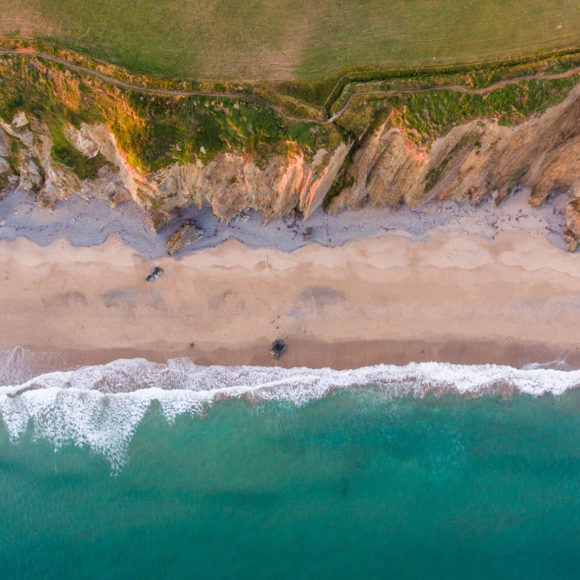
Why were the National Parks created?
What makes them special? How do they manage tourism? How are they adapting to climate change?
Studying National Parks and answering these questions can integrate into the curriculums of England, Wales and Scotland across several key stages.
- History
- Habitats and special qualities
- Tourism management
- Climate change adaptation
Our teaching resources will help your class or group learn about our National Parks. We recommend you use them to complement a planned visit, but they can be used separately. There is lots more information in the “Your National Parks” section of this website and individual National Park websites will also have additional resources, information and advice.
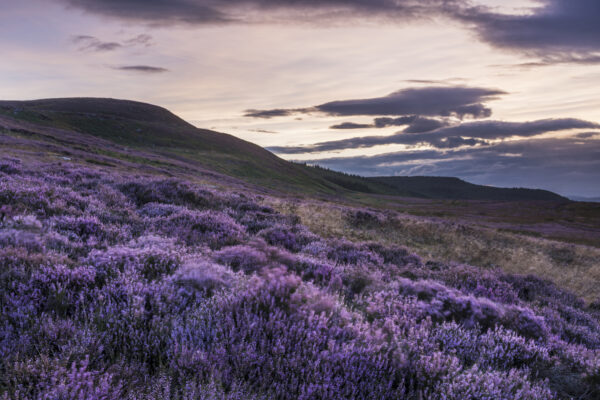
National Parks UK KS2 teaching resource
Discover the new National Parks UK KS2 teaching resource.

Facts and figures
A table of facts and figures to help students understand more about our National Parks.
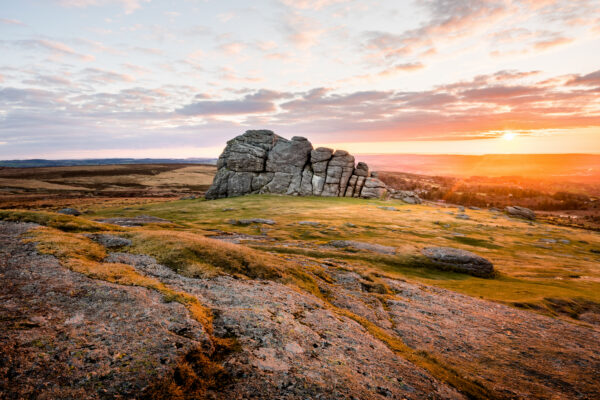
Map of UK National Parks – with cities and motorways
Use this map to support discussion alongside the Tourism in National Parks resource.
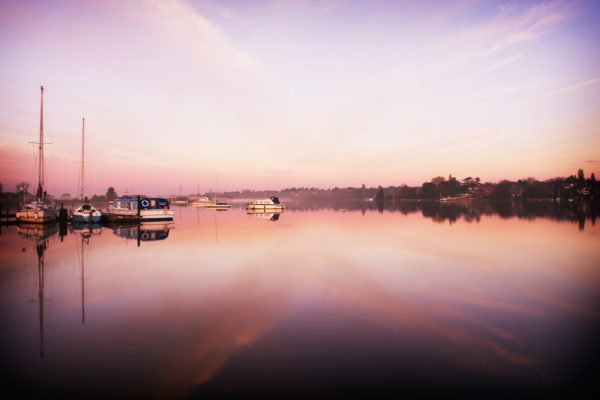
History of National Parks
Learn the history of our 15 National Parks designation dates.
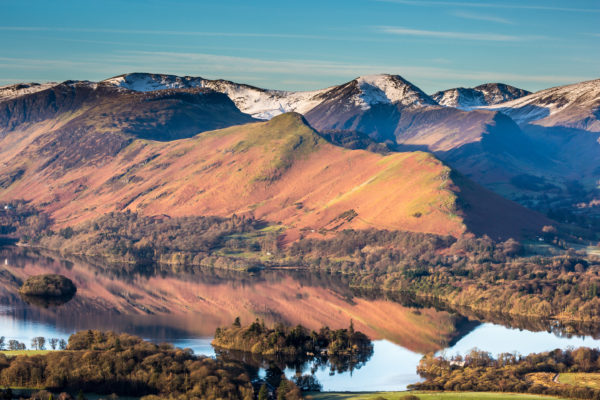
National Parks are Protected Areas – Information Sheet
Key facts and figures about the three types of nationally protected areas in the UK.
